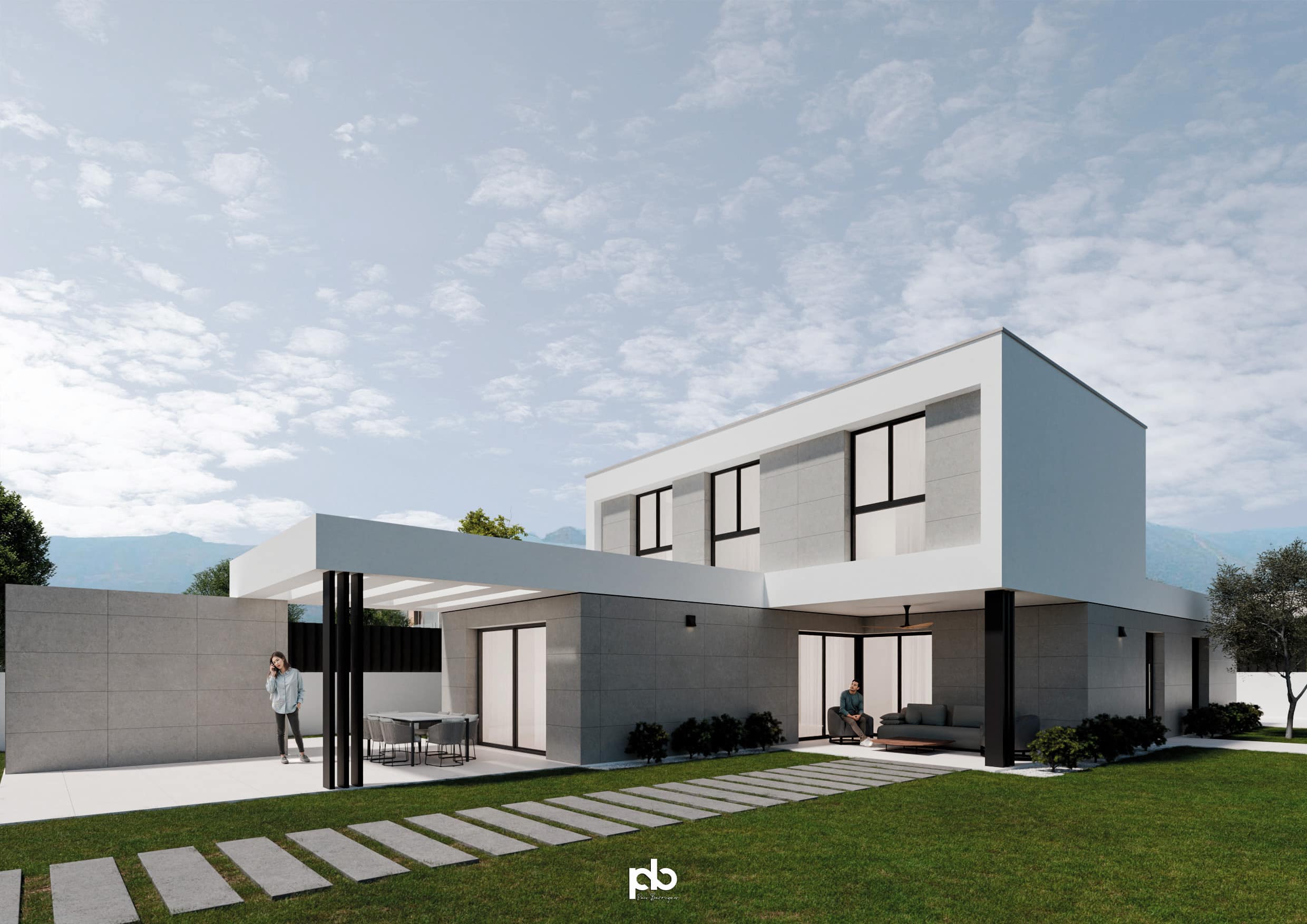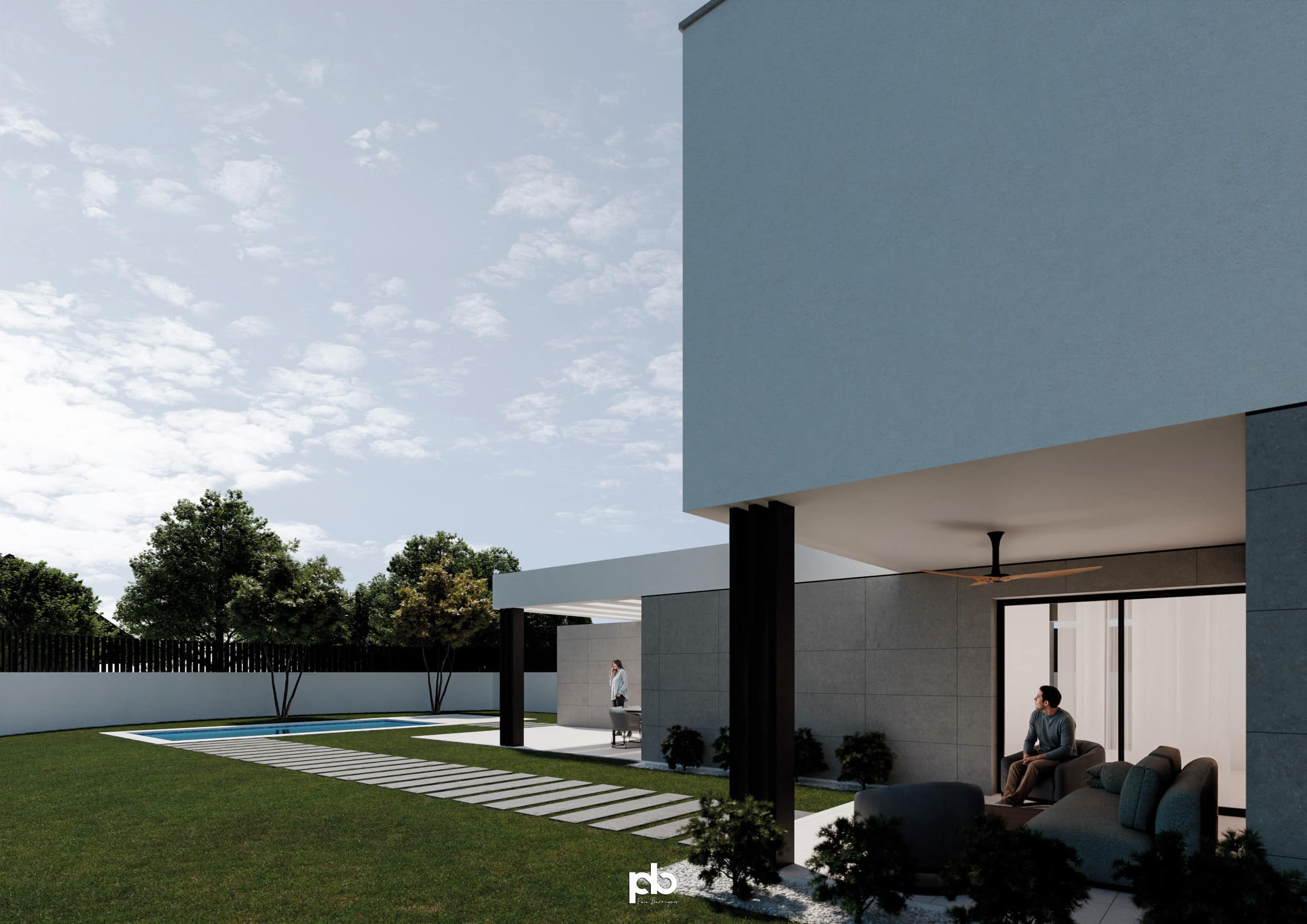Today I want to share a practical guide for those considering the purchase of an urban plot. Choosing the right land is crucial for the success of any single-family housing project. Here are the most important points to keep in mind, ordered from most to least important:
Legal aspects and documentation:
- Title: Make sure that the plot is free of liens, encumbrances or litigation. Clarity of ownership is essential to avoid legal problems in the future.
- Plans and deeds: Check that all documentation is in order and up to date. This includes the cadastral plans and deeds of the property.
- Licenses and permits: Verify that you have all the necessary licenses and permits for construction. This is an indispensable step before starting any project.
2. Land use and zoning:
- Zoning regulations: Make sure the parcel is zoned to allow construction of single-family homes. Knowing the land use restrictions is essential.
- Specific regulations: Find out about building restrictions, such as maximum allowable height, minimum distance to boundaries, and other aspects regulated by local regulations.
Services and infrastructure:
- Availability of basic services: Check that the plot has access to water, electricity, gas, sewage and internet. The availability of these services is essential for any home.
- Quality of infrastructure: Ensure that the existing infrastructure is of good quality and has the capacity to meet the needs of the project.
4. Location:
- Proximity to basic services: Consider proximity to hospitals, schools, supermarkets and public transportation. A good location improves the quality of life of residents.
- Access and connectivity: Evaluates access to main roads and connectivity to other parts of the city.
- Neighborhood environment: Analyze the safety, tranquility and development of the area. A good environment can make a difference in the experience of living there.
5. Topography and soil conditions:
- Characteristics of the terrain: Check the slope, levelness and stability of the soil. These characteristics can affect both the construction and the cost of the project.
- Natural elements: Consider the presence of trees, rocks or bodies of water that may influence the construction.
6. Size and shape of the plot:
- Total area: Evaluate if the size of the plot is adequate for your needs. A recommended minimum size is 300-400 m² for a single-family home.
- Plot shape: The shape of the land may affect the layout of the house and outdoor spaces.
- Future expansions: Consider future expansions or additional construction.
7. Cost and budget:
- Purchase price: Compare the price with other similar parcels in the area to make sure you get a good deal.
- Additional costs: Take into account taxes, legal fees and development costs.
- Total budget: Plan the total budget for the construction, including possible contingencies.
8. Orientation and climate:
- Orientation: Orientation with respect to the sun and wind affects the energy efficiency and comfort of the home.
- Climate of the area: Consider climatic risks such as floods or extreme temperatures.
9. Future development of the area:
- Urban development plans: Learn about the city's urban development and expansion plans.
- Future projects: Evaluate how future infrastructure projects may affect the parcel.
10. Environmental impact:
- Environmental impact: Evaluate the environmental impact of the construction and consider implementing sustainable solutions, such as solar energy and rainwater harvesting.
Taking these points into account will help you make an informed decision and ensure that the plot you choose meets your expectations and needs. Good luck in your search!






Leave a Reply